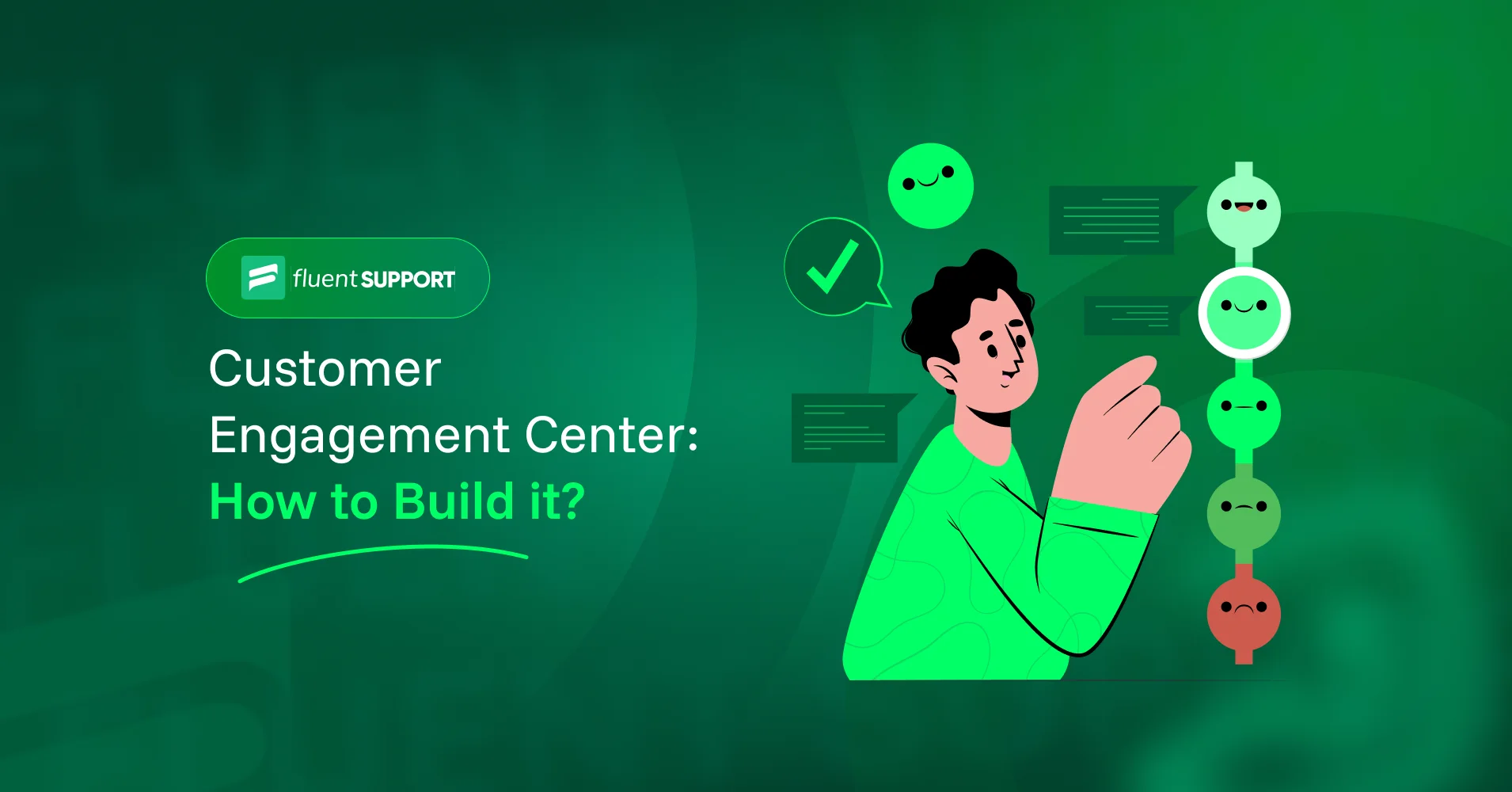
How to Build a Successful Customer Engagement Center
By Prosanjit Dhar
April 9, 2025
Last Modified: November 13, 2025
Remember when customer service meant a phone call that would inevitably put you on hold for 20 minutes? Those are the past. Nowadays, customers want seamless support across multiple channels whenever and wherever they need it.
This is where a modern customer engagement center becomes crucial. CEC helps you engage with them meaningfully across their entire journey and create holistic, omnichannel experiences.
What is a customer engagement center?
Customer Engagement Center (CEC) is a subset of CRM that uses data and integration to handle all customer interactions across various communication channels. It improves customer experience and support quality through both proactive and reactive engagement.
Core functionalities of customer engagement center
CEC has the functionality to cut down on certain redundant manual tasks while also having access to collaboration tools and real-time analytics.
Here are the functionalities that equip support agents with those opportunities.
- Omnichannel communication: Phone, email, chat, social media, video, self-service portals, etc.
- 360-degree customer views: Complete history and context for every interaction.
- Intelligent routing: Getting customers to the right resource at the right time.
- Knowledge management: Easy access to information for both agents and customers.
- Analytics and AI capabilities: Data-driven insights and automation.
- Integration capabilities: Seamless connections with other business systems.
- Customer journey analytics: Identify trends, pain points, and opportunities for improvement.
Hereby, you got enough primary knowledge about a CEC platform. But how would you build your own centralized platform or ecosystem that goes beyond traditional customer service?
Without any further ado, let’s start building a successful customer engagement center for your business.
How to build a successful customer engagement center?
The most effective CECs strike a balance between efficiency and personalization. Leveraging technology to handle routine tasks while empowering agents to add the human touch where it matters most.
So, start with identifying the right strategy and finish by combining all your unique business needs together.
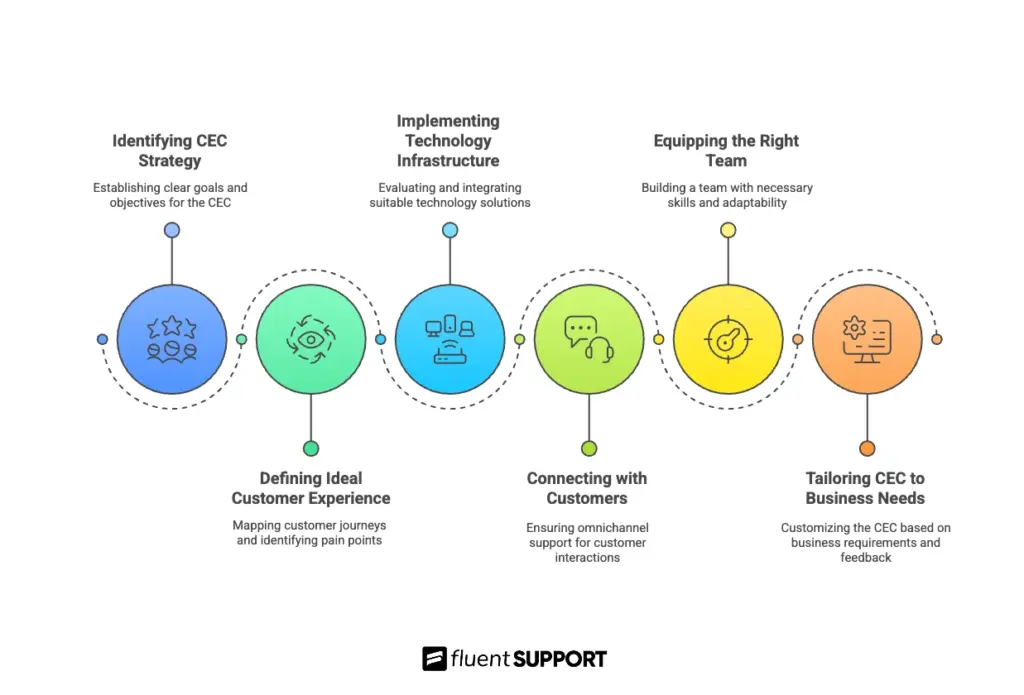
1. Identifying your CEC strategy
Create a strategy of what you are trying to achieve. Maybe you’re aiming to reduce support costs while improving satisfaction scores. Or perhaps you want to transform customer service into a revenue-generating department through upsells and cross-sells.
Whatever your goals, they should drive every decision that follows.
These approaches are commonly recommended by experts. For example, several vendors and industry research reports (including Salesforce and Gartner) stress the importance of starting with a clear vision and well-defined objectives.
2. Defining the ideal customer experience
Put yourself in your customers’ shoes. Map out their journey from initial awareness through purchase and beyond. Where are the pain points? Where are the opportunities to delight?
Identify pain points (like having to repeat their story multiple times) and look for opportunities to delight them. Then create detailed customer personas and journey maps. Document the ideal experience for each touchpoint, then identify the gaps between your current state and where you want to be.
3. Getting a technology infrastructure in place
With your strategy and ideal experience defined, it’s time to evaluate technology solutions.
Look for platforms that offer:
The technology should enable your strategy, not define it. Too many companies fall into the trap of letting software limitations dictate their customer experience.
4. Connecting to your customers where they are
Today’s customers hop between channels like nobody’s business. They might start on your website chat, continue via email, and finish with a phone call. And they will expect you to keep up.
Your CEC needs to meet customers on their preferred channels while maintaining context across interactions. This doesn’t mean you need to be everywhere at once, though. Start with the channels your customers use most, then expand methodically.
A survey of your current customers can reveal surprising insights about channel preferences. For example, younger customers might prefer text messaging, where older ones overwhelmingly chose email over phone calls. These omnichannel strategies are now standard in customer service and CX practice.
5. Putting the right people in place
We all know, even the best technology needs to be supported by the right team. That’s why your CEC team needs to be equipped with the right skill and knowledge.
Such as,
Consider a cross-functional teams (or “pods”) approach where teams handle specific customer segments across all channels rather than specializing by channel. This encourages ownership of the entire customer relationship.
However, training isn’t a one-time event. Build continuous learning into your CEC culture with regular skill refreshers and opportunities to share best practices.

6. Building a CEC for your business
Finally, remember, there’s no one-size-fits-all solution. Your Customer Engagement Center (CEC) should be tailored to your unique business needs and customer expectations.
Start with a minimum viable product that addresses your most critical pain points, then evolve it using real customer feedback and performance data.
Consider a phased implementation strategy:
An agile, iterative rollout is a proven best practice in the customer engagement space. It mirrors the adaptive nature of successful CX transformations, what works for one business might require fine-tuning for another. That’s why a phased, feedback-driven approach isn’t just popular; it’s essential.
Wrapping up
Building a successful Customer Engagement Center isn’t just about installing new software. It’s about creating a foundation for meaningful customer relationships that drive business growth.
Also, this journey of building a successful CEC is never truly “finish.” Customer expectations continue to evolve, and so should your engagement strategy. The journey of improvement never ends, but with each step, you’ll build stronger, more profitable customer relationships.
Start off with a powerful ticketing system that delivers smooth collaboration right out of the box.






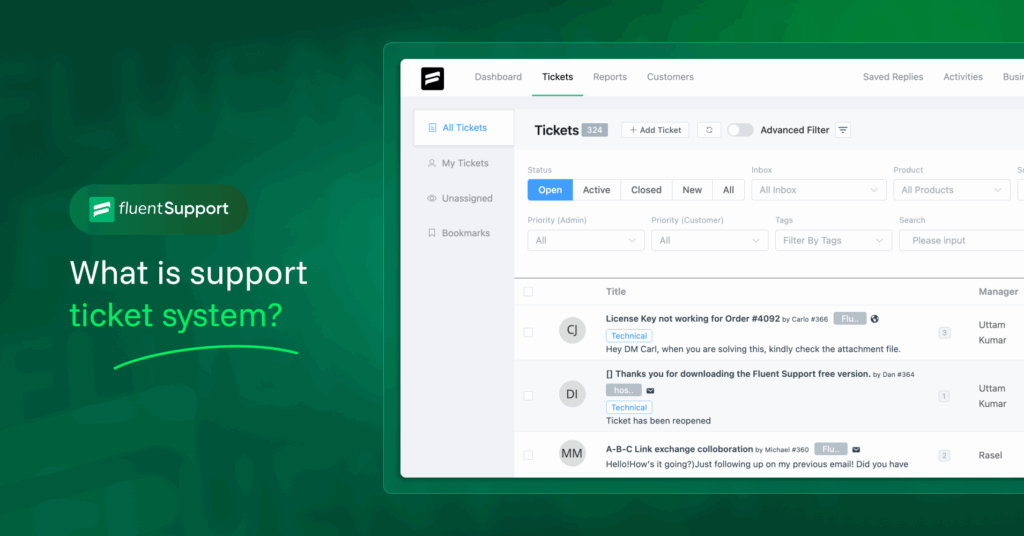
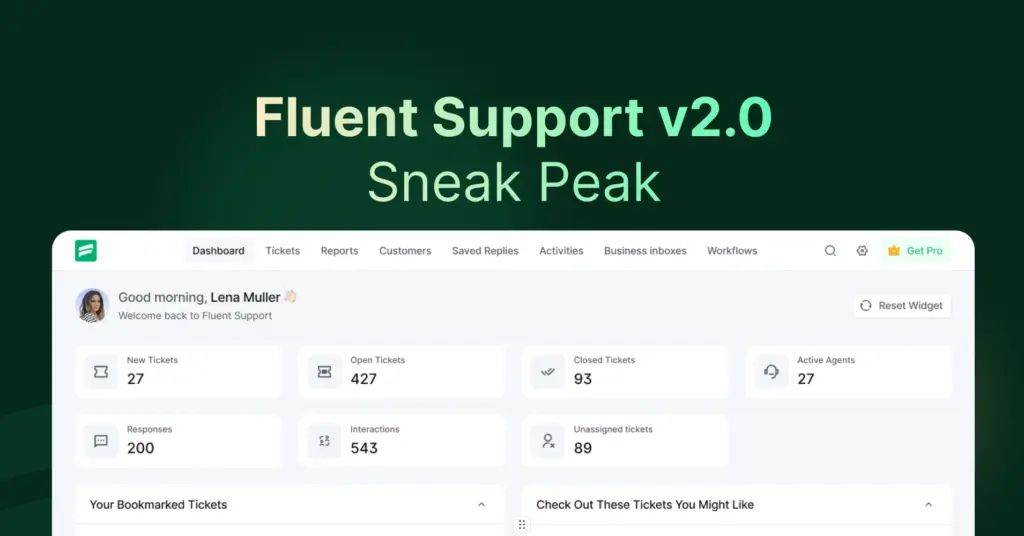
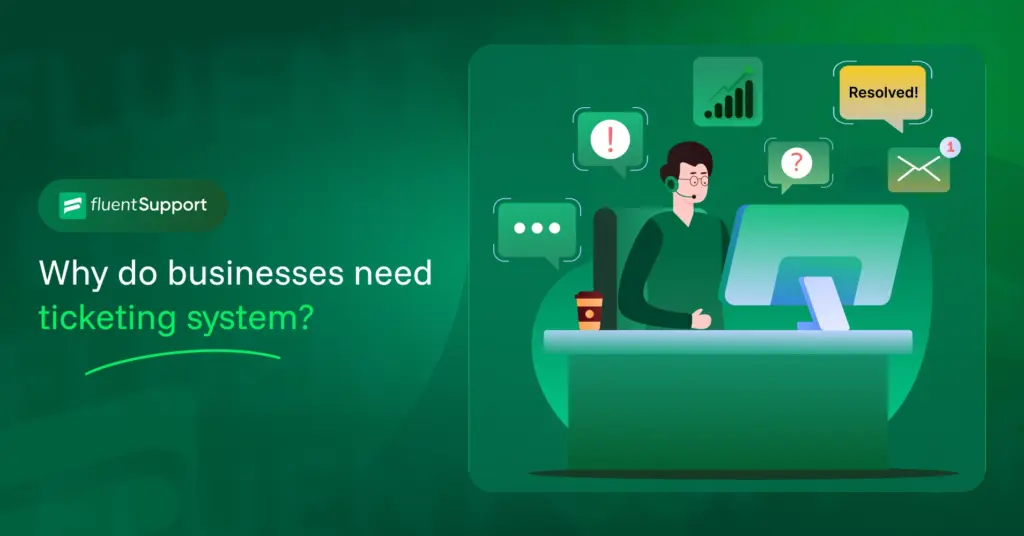
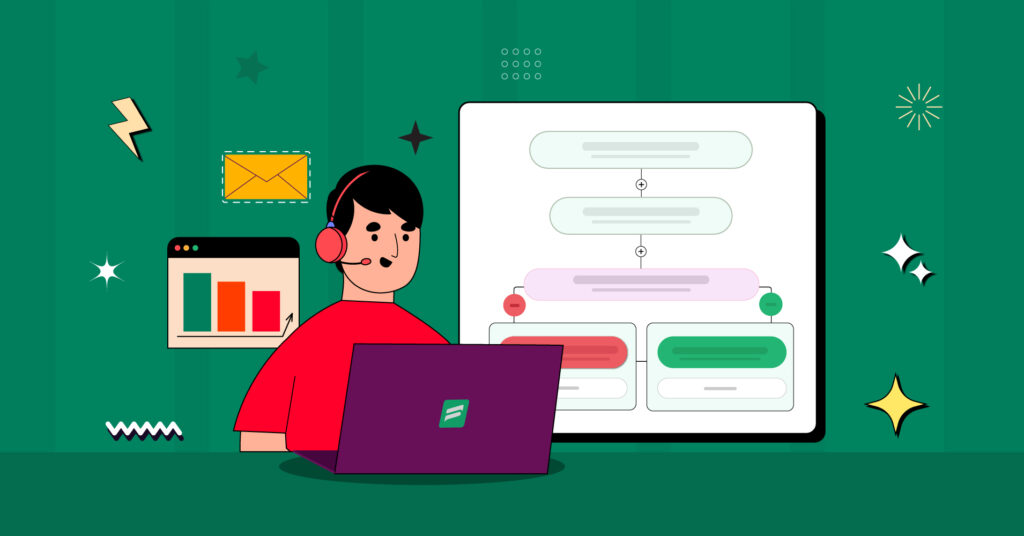


Leave a Reply